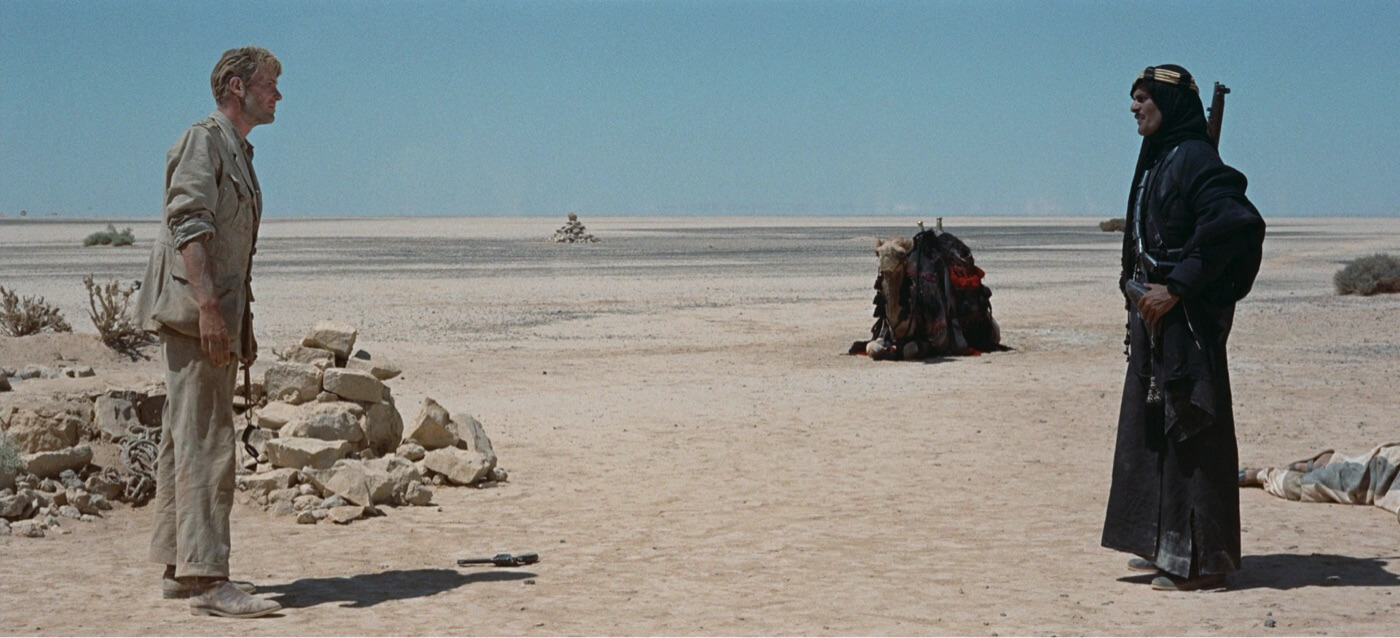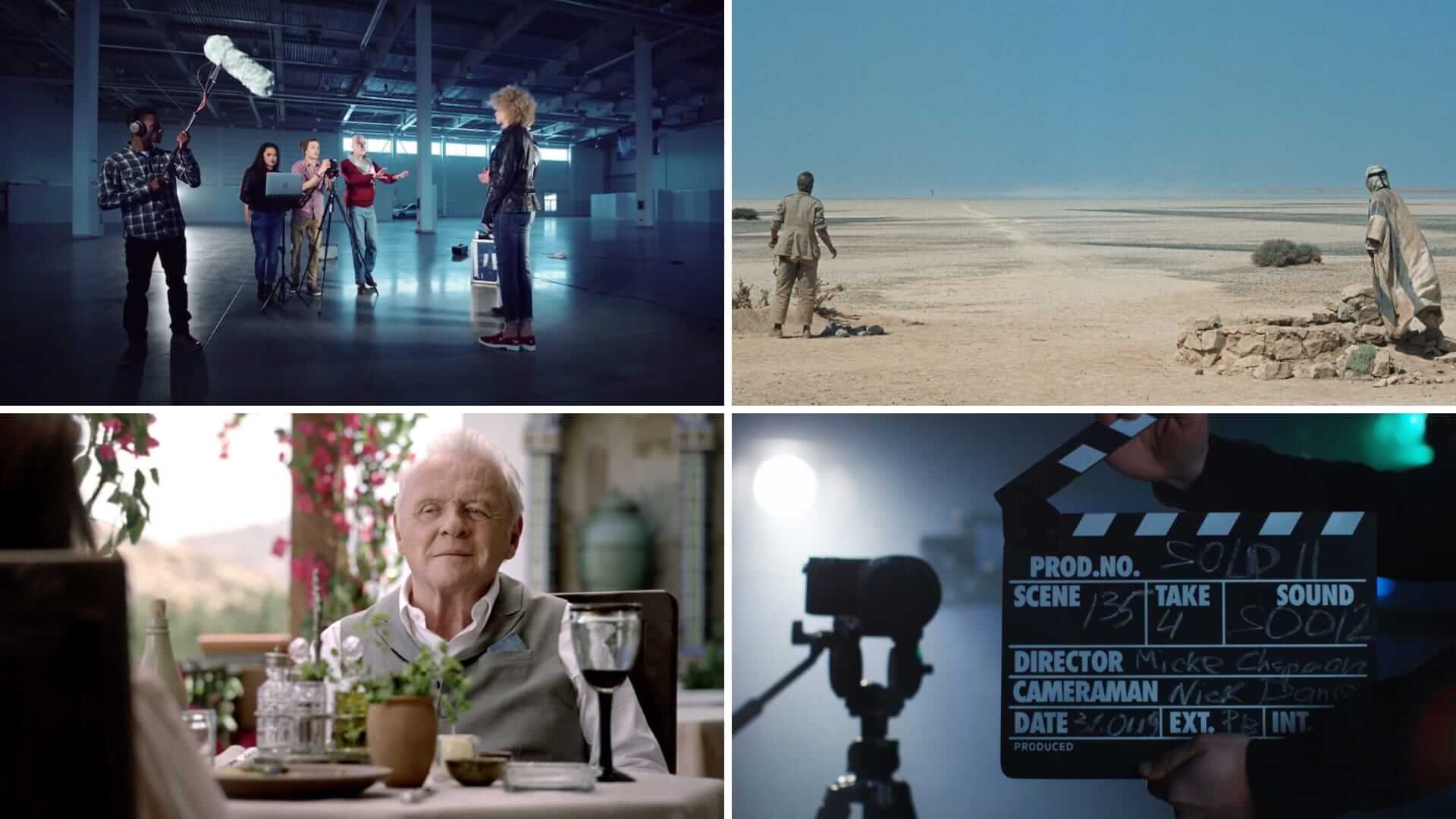The film production process is a multifaceted journey, transforming scripts into captivating visual stories for audiences. Numerous aspects of filmmaking converge to create the final product, with understanding individual components being vital in shaping the film’s outcome. A crucial concept in film production is the “take,” which, despite its simplicity, can significantly impact a scene’s quality and effect. This article delves into the importance of takes in film production, exploring their definition and providing examples to highlight their role in the cinematic world.
What is a Take in Film Production?
First, let’s define take in film
To better understand the importance of takes in filmmaking, let's first examine their definition and purpose within the context of movie production.
TAKE DEFINITION
What is a take in film production?
In the context of film production, a take refers to a single continuous recorded performance of a specific shot or scene. It captures the actors' performances, camera movements, and other elements within the frame. Each time the director calls "action" and records until they call "cut," it is considered one take.
The purpose of a take is to capture different versions of the performances that can be used during the editing process to create the most compelling and engaging scene. Multiple takes allow the director and actors to experiment with various interpretations, camera movements, and lighting setups, providing options for the editor to choose from when assembling the final cut.
Takes are numbered and cataloged for post-production, making it easier for the editor to locate and review the recorded material. Each take is typically labeled with the scene number, shot number, and take number (e.g., Scene 1, Shot 2, Take 3).
This systematic approach ensures that the best takes are easily identifiable and accessible during the editing process, ultimately helping to create a cohesive and polished final product.
Types of takes in film production:
- Master Take
- Coverage Take
- Safety Take
- Pick-up Take
What is a take in Film Production?
Types of Takes
In the world of filmmaking, various types of takes are utilized to achieve the desired outcome. Let's dive into four common types and explore their purpose, usage, and impact on the final product.
Master Take
A master take is a single, continuous shot that captures the entirety of a scene from a wide or establishing angle. Its primary purpose is to provide a solid foundation for the editor to work with during post-production, ensuring that the entire scene is available as a reference and can be cut together seamlessly with other shots.

Master Shot • Lawrence of Arabia
The master take, usually the first shot on set, helps establish pacing and scene flow. After completion, filmmakers capture various angles and takes for creative editing options.
Advantages:
Provides a consistent visual reference for the entire scene.
Ensures proper pacing and timing between actors and their dialogue.
Simplifies the editing process by offering a complete version of the scene for comparison.
Disadvantages:
Can be time-consuming to set up and shoot, especially for complex scenes.
May not showcase the best performances or most dynamic camera angles.
Over-reliance on the master take could limit creative choices in editing and result in a less engaging final product.
Coverage
Coverage is a type of take in filmmaking that refers to the capturing of a scene from multiple angles and perspectives. This approach provides editors with a variety of shots to choose from during the editing process, allowing for creative flexibility in constructing the narrative.
The Over The Shoulder Shot in Film • Subscribe on YouTube
Coverage can include wide shots, medium shots, close-ups, and cutaways, each offering a different viewpoint and emotional impact within a scene.
Safety Take
A safety take is an additional recording of a scene or shot, serving as a backup in case the preferred take has issues or lacks the desired quality. It ensures that filmmakers have alternative options during post-production, allowing for smoother edits and preserving the integrity of the scene.
Having backup options like safety takes is crucial in film production for several reasons:
Technical mishaps: Unforeseen issues such as camera malfunctions, audio problems, or lighting inconsistencies may render a preferred take unusable.
Performance variations: Actors might deliver different nuances or emotions in separate takes, giving editors more creative choices to shape the scene.
Continuity errors: Safety takes can help rectify any discrepancies in props, costumes, or set design that may disrupt the scene's continuity.
Pick-up Take
A pick-up take is a shot filmed after principal photography has been completed, typically to address gaps, correct issues, or enhance specific aspects of a scene. Pick-up takes are often necessary when the filmmakers identify problems during post-production, such as continuity errors, unsatisfactory performances, or missing footage.
Pick-up takes are commonly used in the following situations:
Reshoots: When entire scenes need to be re-filmed due to significant issues or changes in the script.
Fixing continuity errors: To correct inconsistencies in the story, props, costumes, or set design.
Enhancing performances: To capture better or different actor performances for a more engaging final product.
Filling gaps: To provide additional shots or angles that might be needed during the editing process.
What is a Take in Movie Making?
The Role of the Director in Takes
The director is responsible for determining the number and types of takes required to achieve their creative vision. This decision-making process involves:
Assessing the complexity of a scene: The director must consider the intricacies of each scene, such as the number of actors, dialogue, action sequences, and camera movements, to determine the necessary takes.
Balancing quality and efficiency: Directors need to find a balance between capturing the perfect take and managing time and budget constraints.
Choosing the right type of takes: Depending on the scene and desired outcome, the director may opt for master takes, coverage takes, safety takes, or pick-up takes.
Directors collaborate closely with actors and crew during the take process to ensure a successful outcome:
Communication: Directors clearly convey their vision, expectations, and feedback to the cast and crew.
Greta Gerwig directing Lady Bird (2017)
Guidance: They provide guidance on performance nuances, camera movements, and overall scene dynamics.
Adaptability: Directors must be prepared to adjust their plans based on unforeseen challenges or new creative ideas that emerge during filming.
David Fincher is renowned for his precise and exhaustive approach to takes. He frequently requests multiple takes to explore different nuances in performance and camera work, resulting in films like Fight Club and Zodiac that showcase his distinct visual style.
Alfred Hitchcock was known for his careful planning and storyboarding, which allowed him to minimize the number of takes required on set. This approach helped him maintain control over every aspect of his films, such as Psycho and Rear Window, and create suspenseful, visually engaging movies.
The director's role in takes is crucial, as they decide on the number and types of takes, collaborate with actors and crew, and shape the film's overall vision.
Related Posts
What is a Take in Film Production?
The Role of the Editor in Takes
The editor plays a vital role in shaping the final version of a film by selecting and assembling the best takes from the footage captured during production. Here are some key responsibilities of an editor in relation to takes:
Reviewing takes: The editor carefully reviews all takes, assessing the quality of performances, camera work, lighting, and continuity. They must have a keen eye for detail and a deep understanding of storytelling to identify the most effective takes for each scene.
Selecting the best takes: Based on their review, the editor selects the best takes that align with the director's vision and serve the overall narrative and pacing of the film. This process often involves making difficult choices, especially when multiple takes offer different strengths or nuances.
Renowned film editor Thelma Schoonmaker's success is largely attributed to her exceptional eye for selecting and assembling the most effective takes, enhancing storytelling, and engaging audiences, notably in her collaborations with director Martin Scorsese.
Editing Tips in Scorsese Films with Thelma Shoonmaker • Subscribe on YouTube
Assembling the film: The editor assembles the chosen takes into a coherent sequence, ensuring smooth transitions between shots, maintaining continuity, and creating a seamless and engaging viewing experience for the audience.
Collaborating with the director: Editors work closely with directors throughout the editing process to ensure their creative vision is realized. They discuss the selection of takes, provide input on pacing and structure, and make adjustments based on feedback to achieve the desired outcome.
Problem-solving: Editors may encounter issues, such as missing footage, continuity errors, or unsatisfactory performances. In these cases, they must find creative solutions, such as using alternative takes, adjusting the edit, or consulting with the director for potential reshoots or pick-up takes. Here is a great video breaking down editing tips that are commonly used to solve post-production problems with various takes.
Essential Film & Video Editing Techniques • Subscribe on YouTube
Fine-tuning: Once the initial assembly of the film is complete, editors fine-tune the edit by refining transitions, adjusting pacing, and polishing the overall presentation. This process may involve incorporating additional takes, visual effects, sound design, and music to enhance the film's impact.
The editor's role in takes is essential to the filmmaking process, as they review, select, and assemble the best takes to create a cohesive and engaging final product. Through collaboration with the director and creative problem-solving, editors shape the film's narrative, pacing, and visual style.
Capturing and selecting takes in filmmaking is a collaborative effort, relying on the expertise of directors, editors, actors, and crew members. These individuals ensure an engaging, visually appealing, and compelling final product by guiding the filming process and meticulously assembling the best takes.
Ultimately, the successful execution of takes, as demonstrated by renowned directors like Fincher and Hitchcock, is crucial for delivering a captivating cinematic experience to audiences worldwide.
Up Next
What is Film Editing?
As we delve deeper into the world of filmmaking, it's essential to understand one of its most vital components - film editing. In our next blog post, we will explore this complex and creative process in detail.
Up Next: Film Editing 101 →
Showcase your vision with elegant shot lists and storyboards.
Create robust and customizable shot lists. Upload images to make storyboards and slideshows.
